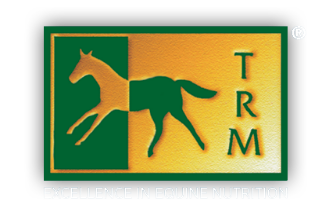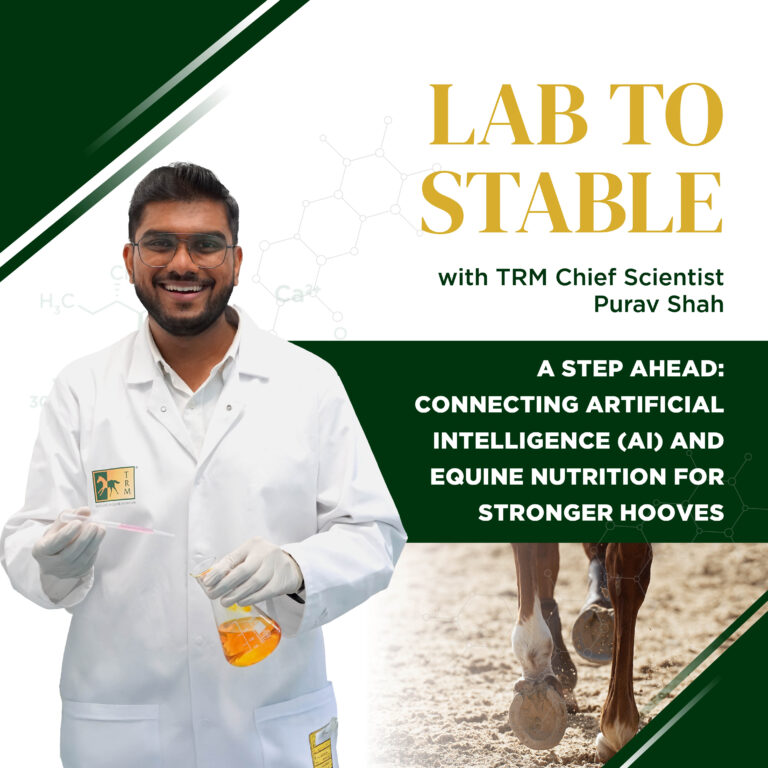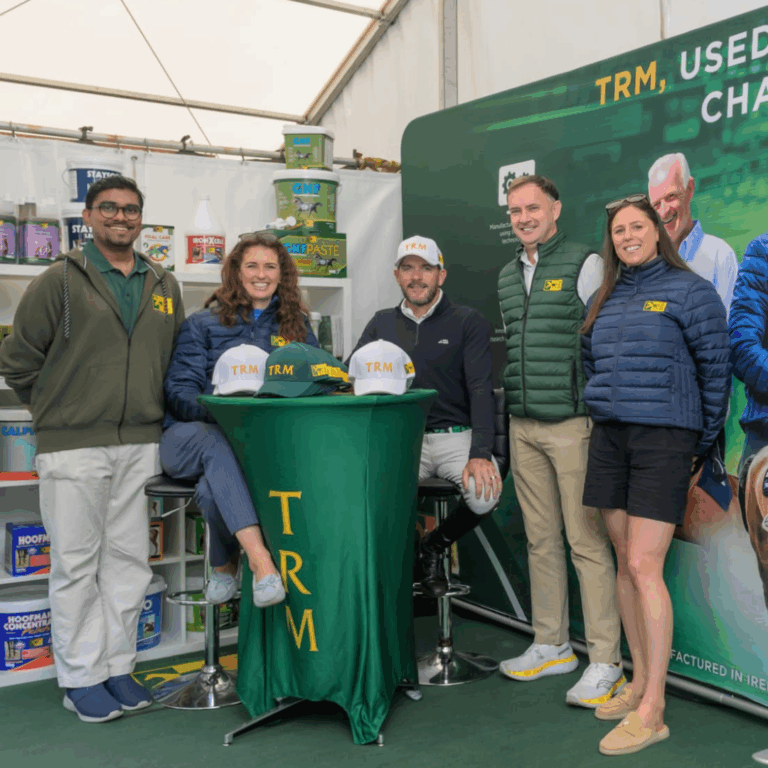Preventing Developmental Orthopaedic Disorders (DOD) in Foals: The Importance of Third Trimester Nutrition
By TRM Chief Scientific Officer Purav Shah (M.Sc. (Hons), B. Pharm)
Developmental orthopaedic disorders (DOD) are a group of musculoskeletal abnormalities that can significantly affect the health, soundness, and athletic potential of foals. Conditions under the DOD umbrella include angular limb deformities, physitis, osteochondrosis (OC), subchondral bone cysts, and flexural deformities. These issues often originate during gestation and early growth, when rapid skeletal development occurs.
What Causes DOD in Foals?
– Nutritional Imbalances
- Diets too high in energy can accelerate growth and stress developing joints.
- Calcium, phosphorus, copper, zinc, and manganese deficiencies are among the most significant contributors to skeletal weakness.
– Rapid Growth Rates
- Excessive calorie intake leads to uneven bone formation and abnormal joint loading.Genetic Factors
- Some bloodlines are predisposed to DOD, but proper late-gestation nutrition can mitigate risk.
– Hormonal and Endocrine Factors
- Conditions such as insulin resistance in broodmares may influence cartilage and bone development.
– Inappropriate Exercise
- Both over-restriction and overexertion during early growth stages can negatively impact skeletal health.
While multiple factors contribute to DOD in foals, one of the most modifiable and critical is maternal nutrition during late gestation particularly the third trimester of pregnancy.
Why the Third Trimester Matters
The final three months of equine gestation are a period of accelerated foetal growth. Approximately 60–65% of the foal’s birth weight is gained in this period, and skeletal mineralization intensifies. As a result, the mare’s nutritional requirements, particularly for protein, energy, and minerals such as calcium, phosphorus, copper, and zinc, increase dramatically. Inadequate or imbalanced nutrition during this time can directly impair bone development, predisposing the foal to DOD.

Minerals and Skeletal Health
Bone is a complex structure composed of a protein matrix mineralized with calcium and phosphorus, supported by trace minerals that regulate cartilage maturation and ossification. Key considerations include:
- Calcium and phosphorus: These must be provided in the correct ratio (high Ca: P) to avoid mineralization defects. Both deficiencies and imbalances increase the risk of limb deformities and osteochondrosis.
- Copper: Essential for collagen cross-linking and cartilage integrity. Studies have shown that copper deficiency in the mare leads to a higher incidence of OC lesions in foals. Supplementation during gestation, rather than postnatally, has the greatest preventive effect.
- Zinc and manganese: Support enzyme systems involved in bone and cartilage metabolism, with zinc playing a particularly important role in endochondral ossification.
The Role of Energy, Protein and Silica
In addition to the above, adequate but not excessive energy supports steady growth while avoiding disproportionate skeletal loading. Protein quality is critical, with lysine as the limiting amino acid for collagen synthesis, which forms the scaffold for mineral deposition. Bioavailable silicon source, enhances collagen cross-linking and calcium utilization, strengthening the scaffold and improving bone density, thereby reducing the risk of DOD. Thus, along with minerals, balanced energy, quality protein, and silica work synergistically to optimize skeletal development.
Conclusion
Nutritional deficiencies or imbalances in the third trimester can impair foetal skeletal development, predisposing foals to DOD and long-term structural compromise. This gestational period represents a critical window in which maternal diet directly influences collagen formation, mineral deposition, and overall bone integrity. Optimizing energy intake, high-quality protein, and bioavailable minerals can mitigate DOD risk and promote robust skeletal maturation.
Support optimal skeletal development in foals with TRM’s Calphormin Pellets, providing essential minerals (Calcium, Phosphorus, Zinc, Manganese, Copper), the key amino acid Lysine, and bioavailable silica from Sodium Aluminosilicate. Ideal for mares in late gestation, during lactation, and for weanlings and young horses.







